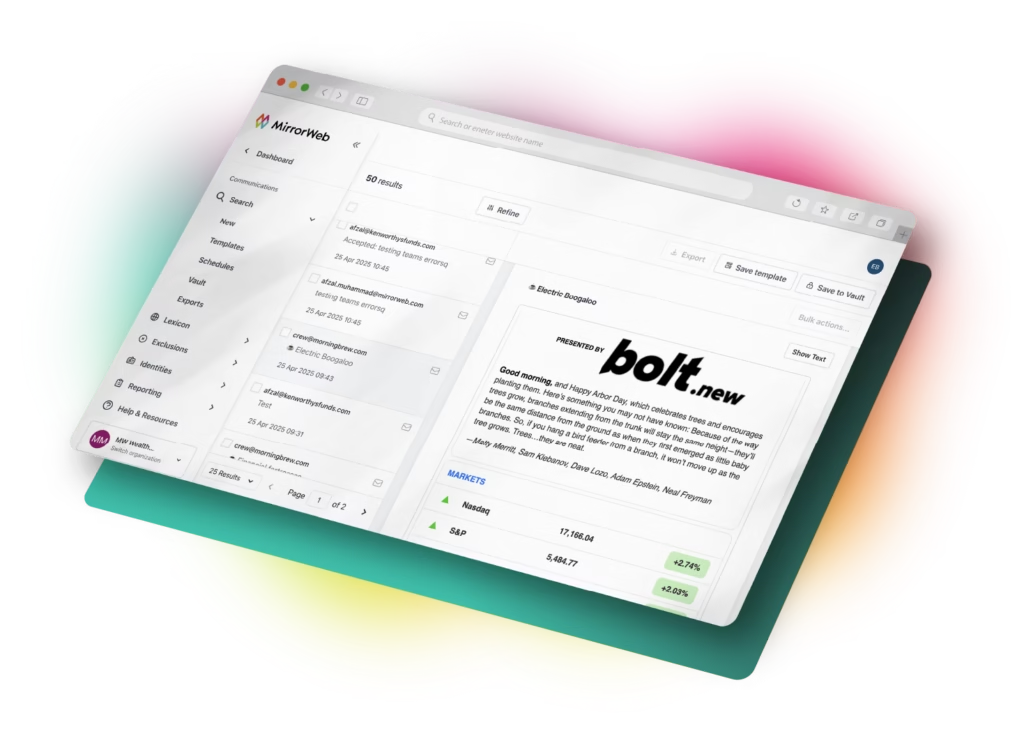Account planning is a critical part of any sales strategy, central to fostering and maintaining strong relationships with high-value clients. It involves understanding the needs and business challenges of an account, setting strategic goals, and defining actionable steps to grow the relationship and drive sales. Mastering this process can transform average sales teams into significant contributors to an organization’s bottom line. Below, we’ll dive into the essential best practices that drive successful account planning.
Understanding the Core Elements of Account Planning

Alt Text: Two women seated at a table with laptops, collaborating on strategies for top account planning best practices.
Account planning is about creating a clear roadmap for customer success by understanding their business goals, industry dynamics, and challenges. Rather than just pushing sales, it focuses on strategic alignment, ensuring solutions truly meet client needs. A cross-functional approach involving sales, marketing, and customer service helps develop well-rounded strategies that drive value for both parties.
Top account planning best practices include identifying growth opportunities, mapping stakeholder relationships, and analyzing competitors while anticipating challenges that could hinder progress. Since industries evolve, continuous learning and adaptation keep account plans relevant, strengthening long-term client relationships.
Crafting a Comprehensive Account Plan Template
A standardized, flexible account planning template is essential for maintaining consistency across an organization. It covers executive summaries, business initiatives, performance metrics, and strategic action items. The template guides the execution and monitoring of account strategies, allowing managers to set goals, assign responsibilities, and track progress.
It should be elastic enough to accommodate different account sizes and sectors while structured enough to enforce a disciplined planning process. The template should align with the customer’s purchasing journey, identifying potential barriers to purchase or opportunities for upselling. Regular review cycles ensure strategies remain on track and adapt to changing business landscapes and customer requirements.
Implementing Data-Driven Decision Making in Account Strategy
Data is crucial in modern business, particularly in account planning. By leveraging analytics and customer insights, businesses can make informed decisions and tailor strategies to their specific needs. Sales teams can use metrics like customer engagement levels, purchase history, and satisfaction scores to identify trends and opportunities within an account.
This allows for personalized engagement and alignment of value propositions with specific challenges. Data also plays a crucial role in forecasting and goal setting, identifying accounts with the most growth potential and determining resource allocation. Collaboration with IT and analytics teams is essential for capturing, analyzing, and making accessible the right data. Investing in training for sales personnel can further enhance the effectiveness of account planning.
Leveraging CRM Tools for Enhanced Account Management

Alt Text: A woman typing on her laptop, focused on leveraging CRM tools for improved account management.
CRM tools are crucial in modern account planning as they provide a centralized database for customer information, enabling account managers to track the health of relationships and ensure engagement. They offer features like task automation and alerts, streamlining planning and follow-up processes.
CRMs also provide collaboration features for effective teamwork. Integrating with other platforms like email, social media, or marketing automation tools enhances efficiency and provides a unified view of the account. Advanced analytics and reporting functions can transform raw data into actionable insights, providing a competitive advantage in managing and growing customer relationships.
Measuring and Optimizing Account Performance for Long-Term Success
Account planning involves setting clear objectives and metrics to measure success, ensuring they are ambitious and realistic. Regular measurement and reporting provide real-time visibility of an account’s performance, allowing for rapid analysis and adjustments if necessary. This iterative approach ensures strategies align with company goals and client expectations. Optimization may involve refining value propositions, adjusting engagement tactics, or reevaluating client needs.
The key is to remain agile and responsive, acknowledging that the path to success may require frequent recalibration. Optimization should be informed by feedback from clients and internal teams, ensuring open communication and alignment of efforts. By continually seeking ways to enhance account performance, organizations can build lasting relationships and yield significant returns over time.
Overall, the landscape of account planning requires a blend of strategy, analysis, and flexibility. These best practices serve as the foundation for creating and maintaining robust, profitable relationships with key accounts. By effectively utilizing templates, data, CRM tools, and performance metrics, your sales team can drive sustained growth and success in a competitive marketplace. To understand more about this essential business process, explore some of the top account planning best practices in depth.






